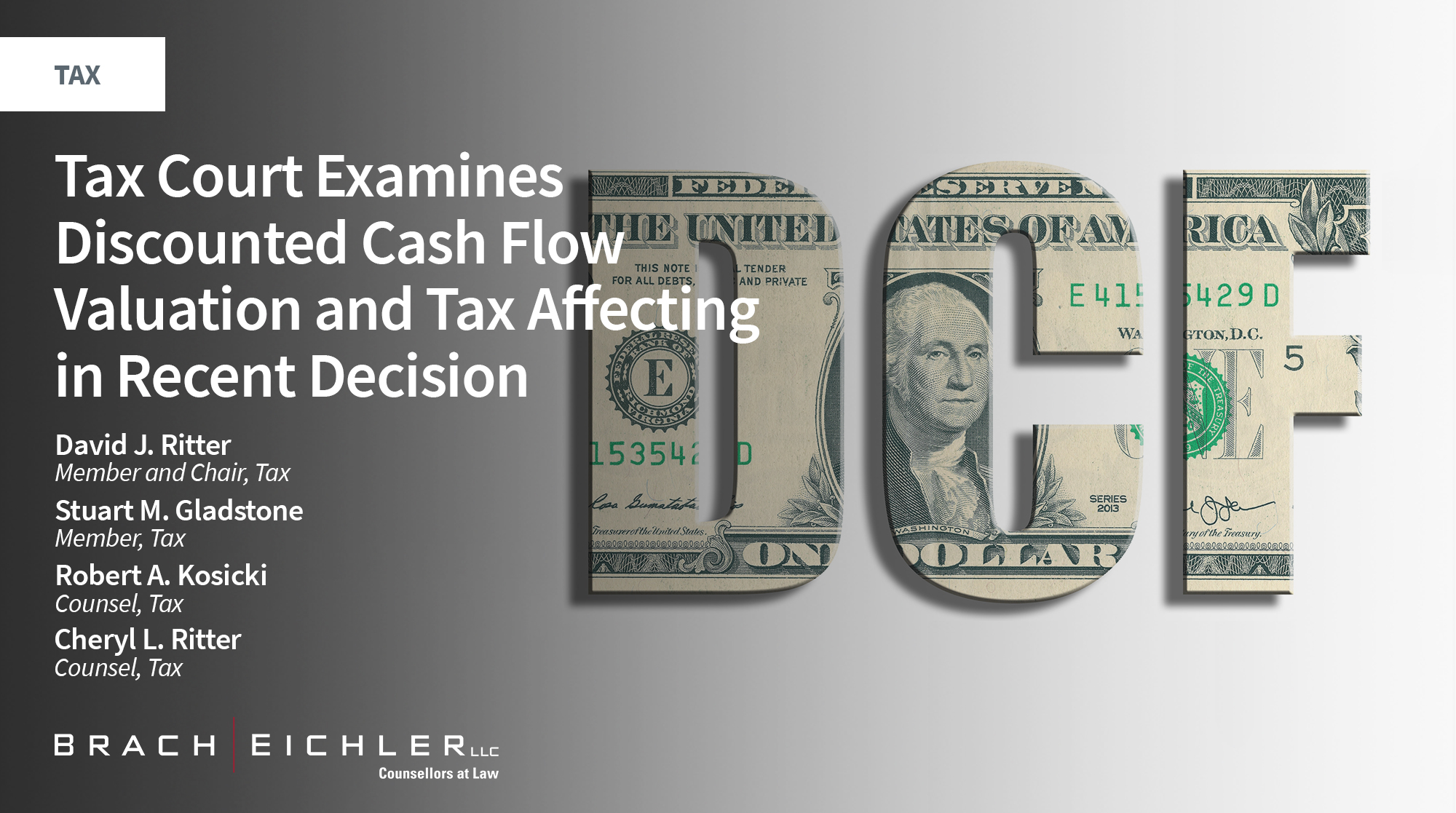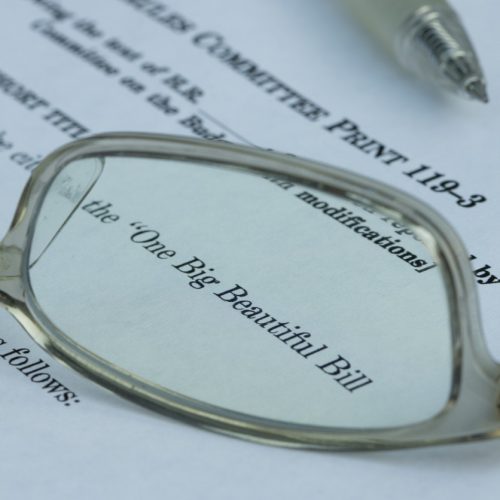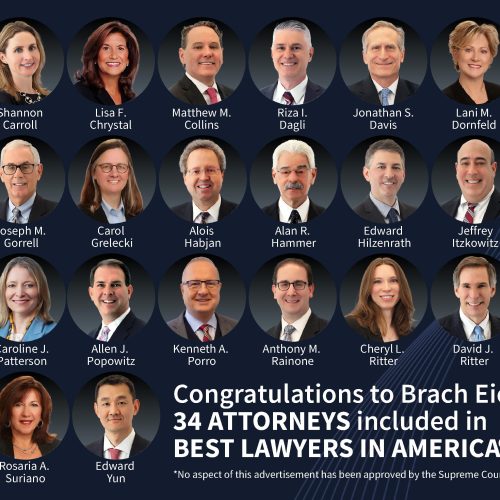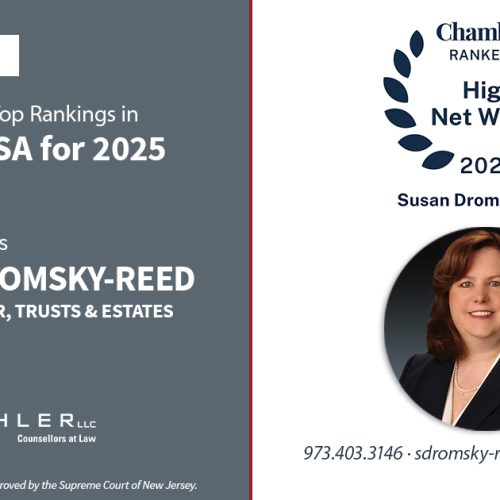Tax Court Examines Discounted Cash Flow Valuation and Tax Affecting in Recent Decision

5/8/2025
In a recent Tax Court Memorandum decision, Pierce v. Commissioner, T.C. Memo. 2025-29, filed April 7, 2025, the court dealt with a valuation dispute of a closely held business for federal gift tax purposes. The closely held business was a subchapter s corporation. The two shareholders were husband and wife who were having marital difficulties. Although a Memorandum decision is not precedential, it can be used for the persuasiveness of its reasoning. The case provides a rigorous analysis of the discounted cash flow method of business valuation, the requirements for an acceptable expert report and insightful and practical observations concerning current valuation issues.
The court observed that it first considers actual sales. Since there were none in this case, it relies on one of three valuation methods (1) market approach, (2) income approach and (3) the asset based approach. Here both the taxpayer’s expert and the government’s expert agreed that the income approach, specifically the discounted cash flow method, was the best of valuation.
The court delved into the four components of discounted cash flow.
The first component is projected future cash flow which projects revenue and expense to arrive at a value. Noteworthy to this analysis on the expense side, was the court’s discussion of “tax affecting”. Tax affecting is beneficial to the taxpayer. It is not automatic and as the court observes, the expert must justify its application. If applied, it lowers the earnings to make a flow through entity’s earnings equivalent or approximate to the Subchapter C earnings. C earnings are usually found in the valuation data base distorting the comparability. Of particular interest is the court’s discussion of the Delaware Chancery method for tax affecting outlined in Del. Open MRI Radiology Assocs., P.A. v. Kessler, 898 A.2d 290, 330 (Del. Ch. 2006) which applies a reduced fictitious tax rate at the entity level to lower the overall tax burden of a pass through entity.
The second component is the discount rate. This is where the appraiser seeks to determine the cost of capital. The parties agreed to use the weighted average cost of capital. The approach is to start at the risk free return figure and add applicable facts until a rate is determine. Of interest to readers is the company-specific risk adjustments which includes factors not accounted for in other components of the discount rate. In the case at bar, the taxpayers’ expert attempted to add a 5% specific risk adjustment. The expert cited five risk factors. The shareholders’ marital dispute and failure of the company to adopt social media as part of their marketing strategy were two factors. Although rejected by the court, the expert’s attempt was not rejected as a matter of law, but due to lack of explanation.
The third component is terminal value. This component estimates the value of an indefinite income stream after the discrete projection period, for example, ten years from today. The decision provides useful guidance as to periods and rates.
The fourth component is nonoperating assets. Nonoperating assets such as excess cash are added to the value. Excess cash is defined as the amount by which cash and short-term investments exceed a business’s working capital needs.
The present value of the discounted cash flow from the first component using the discount rate from the second component is added to the terminal value from the third component and the excess nonoperating assets from the fourth component to determine the value of the business.
This case provides insights and guidance for those advising taxpayers making gifts of closely held businesses and the various factors which may come into play and should not be overlooked. Advisors should review these considerations carefully to ensure effective planning and compliance. Contact us to review how these considerations may apply to your specific situation.
For more information or assistance, please contact:
David J. Ritter, Esq., Member and Chair, Tax Practice, at dritter@bracheichler.com or 973-403-3117
Stuart M. Gladstone, Esq., Member, Tax Practice, at sgladstone@bracheichler.com or 973-403-3109
Robert A. Kosicki, Esq., Counsel, Tax Practice, at rkosicki@bracheichler.com or 973-403-3122
Cheryl L. Ritter, Esq., Counsel, Tax Practice, at critter@bracheichler.com or 973-364-8307
Related Practices: Tax
Related Attorney: David J. Ritter, Cheryl L. Ritter, Stuart M. Gladstone, Robert A. Kosicki
















